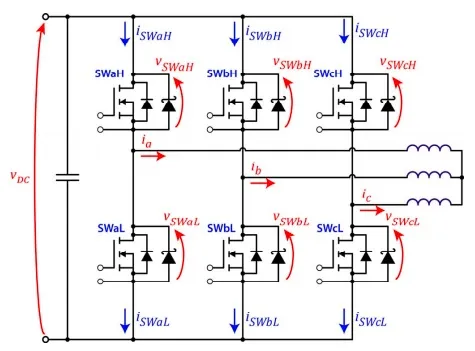MOSFET Thermal Management Tips for DIYers

🔥 The Problem: MOSFETs Overheating in Circuits
MOSFETs are crucial in switching applications, but they heat up fast when handling high current. Without proper thermal management, overheating can lead to inefficiency, instability—or worse, component failure.
🧊 The Solution: Heatsinks, Thermal Pads, and PCB Design
The simplest fix is adding a heatsink or using a MOSFET with a low R<sub>DS(on)</sub> (on-state resistance). For surface-mount designs, large copper pours and vias beneath the MOSFET can also dissipate heat effectively. Use thermal pads or paste to bridge gaps between the MOSFET and heatsink.
🔌 Practical Example
Let’s say you’re switching a 12V motor with a MOSFET rated at 30A.
If the R<sub>DS(on)</sub> is 0.05Ω:
🔢 Sample Calculation
Power loss (P) = I² × R= (10A)² × 0.05Ω = 5W
This 5W turns into heat.
Without a heatsink, the MOSFET can easily exceed safe limits (>150°C).
A small aluminum heatsink rated for 10°C/W will drop this rise to 50°C, keeping your device safe.
🛒 Product Suggestion: Made in India Components
Browse MOSFETs and heatsinks proudly made in India for your next power electronics project.
👉 Shop now at SmartXProKits.in
🇮🇳 Support our work and India’s innovation—buy from our Make in India site!




















